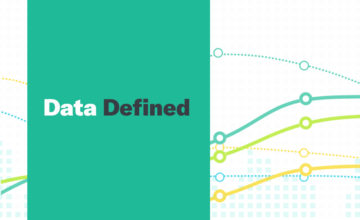Universal Disk Format Defined
A universal disk format (UDF) is a file system used with CD-Roms and DVD-ROMs, which was developed to ensure consistency among data written to various optical media. It was developed and maintained by the Optical Storage Technology Association (OSTA).
UDF’s facilitate both data interchange and the implementation of the ISO/IEC 13346 standard. UDF is required for DVD-ROMs to contain MPEG audio and video streams. UDF’s were originally developed to replace the file system specifications in the original CD-ROM standard, and is now used by CD-R’s and CD-RW’s in a process called packet writing. Packet writing allows files to be created, deleted and changed on-discs, just like a general-purpose file-system would on removable media such as flash drives. Packet writing is also possible on write-once media, such as CD-R, making CD writing more efficient in terms of the time and disk space required.
UDF is supported on all operating systems, allowing CDs created on one operating system such as Windows, to be readable on another operating system such as Macintosh.
In Data Defined, we help make the complex world of data more accessible by explaining some of the most complex aspects of the field.
Click Here for more Data Defined.


